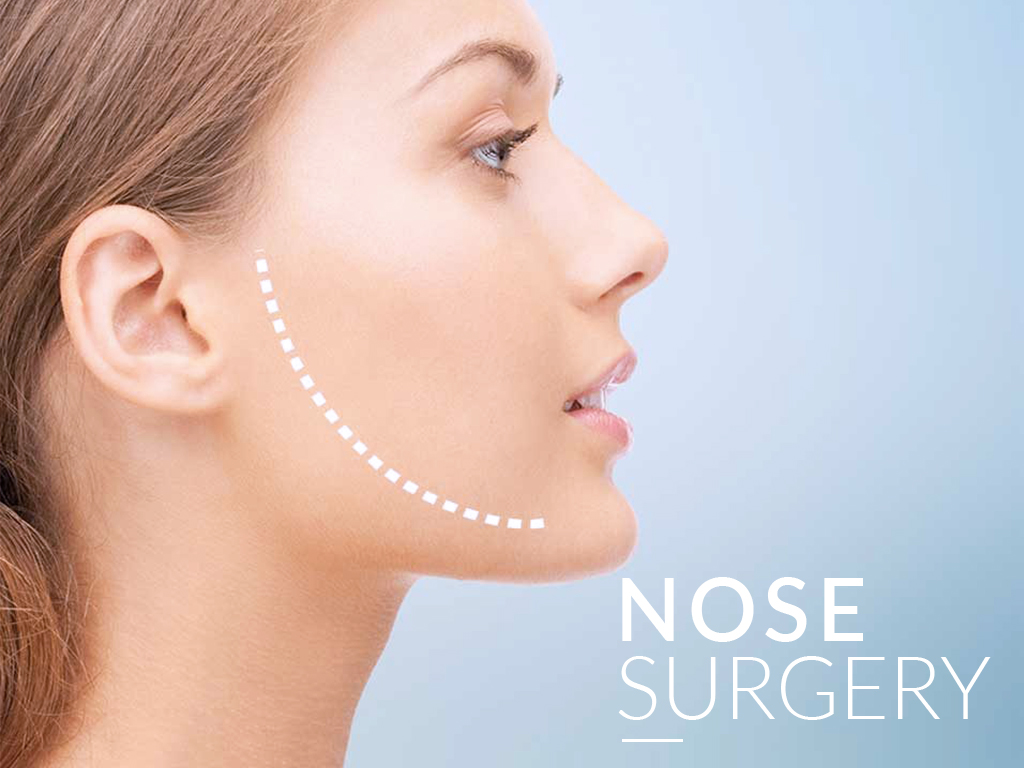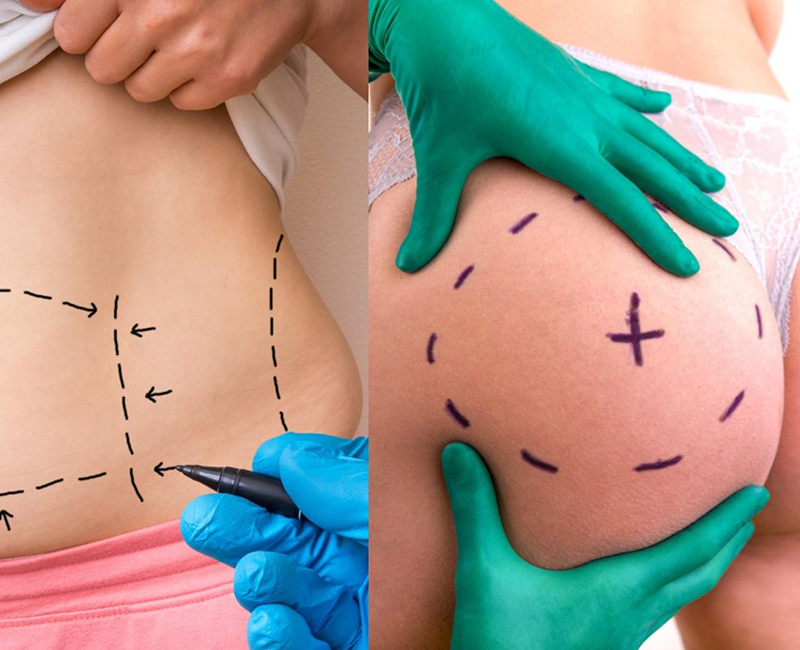What is Rhinoplasty?
Sometimes referred to as a “nose job” by patients, Rhinoplasty is one of the most common cosmetic surgery procedures and it focuses on enhancing facial harmony by changing the proportions of your nose. It can also correct chronic congestion and breathing problems caused by structural defects in the nose, change the angle of the nose in relation to the upper lip, alter the tip of the nose, correct bumps, indentations, or other defects.
Rhinoplasty can be performed under local or general anesthesia. During the procedure, the surgeon makes incisions to access the bones and cartilage that support the nose. The incisions are usually made inside the nose so that they are invisible after the surgery but in some cases the cut can be made from outside, around the base of the nose. This type of cut is used to perform work on the tip of the nose or if you need a cartilage graft. If the nose needs to be narrowed, the incision may extend around the nostrils. Small incisions may be made on the side of the nose to break, and reshape the bone. Then, after the surgeon has rearranged and reshaped the bone and cartilage, the skin is redraped and a splint is placed to support the new shape of the nose as it heals.
Why Rhinoplasty?
Nose surgery is done for cosmetic reasons. In these cases, the purpose is to change the shape of the nose to one that the patient finds more desirable.
Rhinoplasty may be the option you are looking for if you:
- Want to narrow the opening of the nostrils.
- Correct an injury or birth defect.
- Reduce or increase the size of your nose.
- Help relieve some breathing problems.
- Change the angle between the nose and the upper lip.
- Change the shape of the tip or nasal bridge.
Talk to your surgeon.
It’s important that you and your plastic surgeon talk about realistic expectations and what goals you have for the surgery. Results may be minor or significant depending on the procedure you want.



